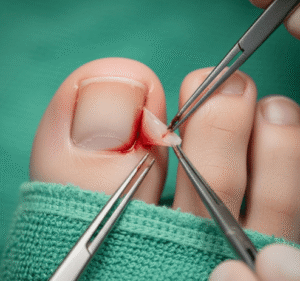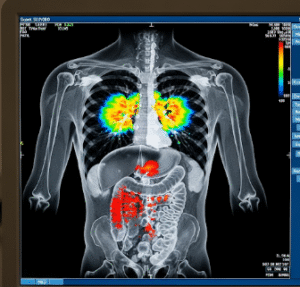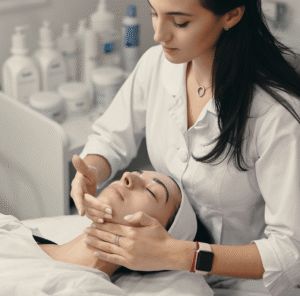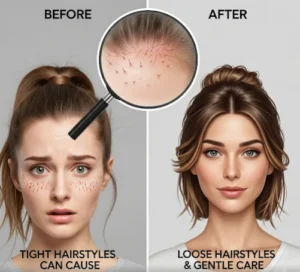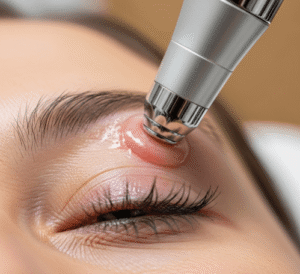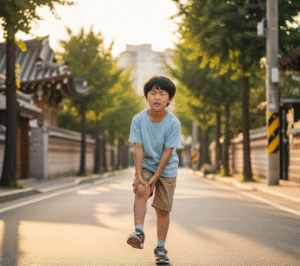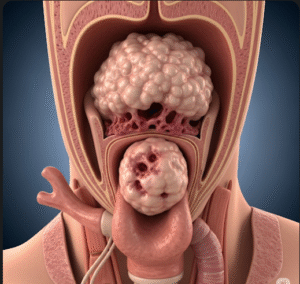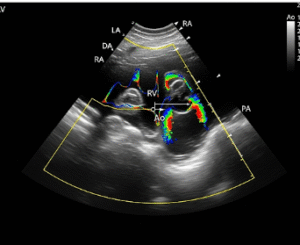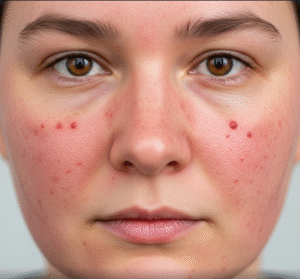What It Is
Tear trough fat grafting is a cosmetic procedure that uses the patient’s own fat to fill the hollow area beneath the lower eyelids, known as the tear trough. These hollows can cause shadows that make the face look tired, aged, or unhealthy, even when well-rested.
In Korea, tear trough fat grafting is performed using microfat or nanofat injection techniques, allowing for precise placement and smooth blending between the lower eyelid and cheek. The procedure restores a youthful, refreshed appearance with natural results.
Why It’s Done
Patients undergo tear trough fat grafting because:
- Hollow under-eyes make them look tired or older.
- They want a natural, long-lasting solution compared to fillers.
- It improves the transition between the lower eyelid and upper cheek.
- Fat also contains stem cells that can improve skin quality and elasticity.
Good candidates include:
- Individuals with moderate to deep tear trough hollows.
- Patients with enough donor fat from other body areas.
- Those in good general health and with realistic expectations.
Alternatives
- Dermal fillers (hyaluronic acid): Provide temporary improvement (6–12 months).
- Lower eyelid surgery with fat repositioning: For patients with eyebags combined with hollows.
- No treatment: For those comfortable with their natural under-eye appearance.
Preparation
Before tear trough fat grafting in Korea, patients will:
- Have an evaluation of under-eye anatomy and skin quality.
- Stop smoking and alcohol 2–4 weeks before surgery.
- Avoid blood-thinning medications and supplements.
- Discuss whether to combine fat grafting with lower eyelid surgery.
How It’s Done
- Anesthesia: Local anesthesia with sedation or general anesthesia if combined with other surgeries.
- Harvesting: Fat is collected from areas such as the abdomen, thighs, or flanks using gentle liposuction.
- Processing: Fat is purified using centrifugation or filtration.
- Injection: Microcannulas are used to inject small amounts of fat into the tear trough for smooth, even correction.
- Duration: 1–2 hours, outpatient procedure.
Recovery
- First week: Swelling and bruising under the eyes and at donor sites.
- Return to activities: Most patients resume normal activities in 3–5 days.
- Final results: Natural, refreshed under-eye contour appears within 1–2 months as swelling subsides.
Possible Complications
- Partial fat resorption requiring touch-up sessions.
- Overcorrection or undercorrection.
- Small lumps or irregularities under the skin.
- Infection (rare with proper technique).
- Asymmetry between both eyes.
Treatment Options in Korea
Diagnosis
- Detailed under-eye evaluation with photography and sometimes 3D imaging.
- Skin quality, fat pad presence, and degree of hollowing are analyzed to customize treatment.
Medical Treatments
- Dermal fillers for patients who want a temporary, reversible option.
- Skin rejuvenation treatments (laser, microneedling, PRP) to improve under-eye texture.
Surgical or Advanced Therapies
- Fat grafting as the main treatment for tear trough hollows.
- Nanofat injections to improve both volume and skin quality.
- Combination with lower blepharoplasty if eyebags are also present.
- Hybrid treatments (fat graft + fillers) in selected cases for refined contouring.
Rehabilitation and Support
- Cold compresses to reduce swelling in the first few days.
- Scar care is minimal since only tiny entry points are used.
- Follow-up visits to assess fat survival and symmetry.
- International patients benefit from Korea’s precision fat grafting, advanced injection techniques, and natural-looking under-eye rejuvenation.


